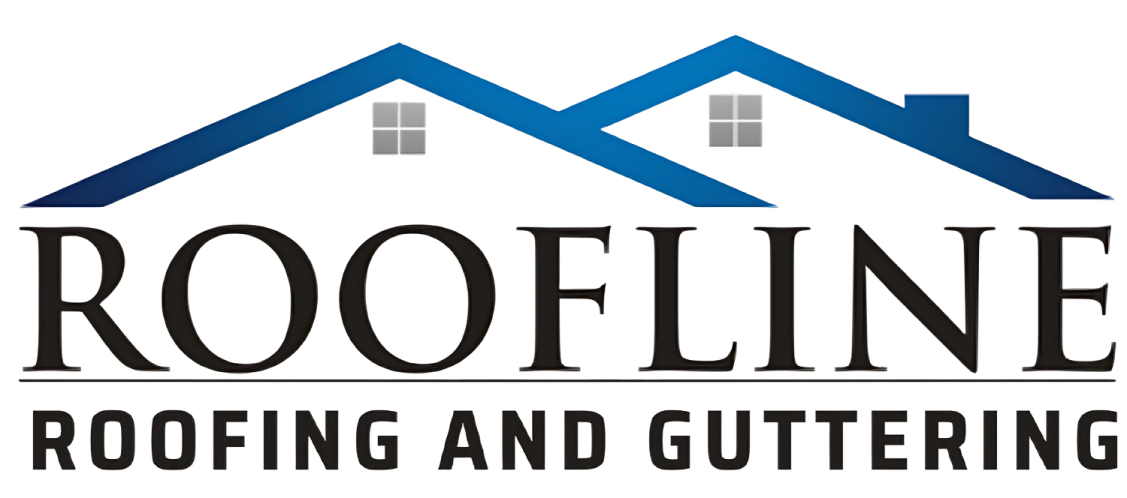Your roof serves as a shield for your entire residence. It encounters wind, rain, heat, and snow all calendar months. Over time, it can become less obvious without you noticing. Small problems with the roof often become larger problems that are ignored. This is why it’s vital to learn how to recognize early signs of roof damage before it’s too late.
Regular audits and timely intervention help to avoid significant repairs, leaks, and increased costs. Many controversies are easily resolved with a quick visual examination—both from the ground or your loft. If anything seems unusual, a professional roofer can provide a comprehensive inspection and guidance regarding the next steps.
Here are the most common early indicators of trouble.
1. Water Stains on Ceilings or Walls:
One of the earliest symptoms of a roof problem is typically present in the home. If you notice brown or yellow stains on your ceilings or walls, this typically means that water is leaking through the roof. The leak may be small, but over time, water will cause damage to insulation, ceilings, and will even cause mold.
These stains are typically caused by heavy precipitation, so check your residence during and after adverse weather. If more than one room exhibits stains, the damage is likely to be increasing. Even if the stains seem insignificant, don’t disregard them—it’s always beneficial to act prior. A roofer can locate the leak’s origin and correct it before it becomes more severe.
2. Excessive Or Deficient Roof Tiles:
Tiles are the first structural layer that your roof will have. If you observe any damaged, flooded, or missing tiles in the base layer, water will likely enter the underlayer. This can adversely affect the structure over time. Use binoculars to inspect following storms or powerful winds. Even one missing tile can have a larger impact, especially during the winter season, when freeze-thaw cycles are more likely to lead to additional cracking.
Many roofers include tile replacement as a part of standard maintenance, this early detection helps to keep costs down.
3. Sagging Roof Lines:
stand back and observe your roof from the road. The stripes should appear direct and even. If you observe a decrease in the middle, this is a significant indication of a problem below the ground. It may suggest that the wood is now supportless due to water or corrosion.
A sloping roof should not be disregarded. It may not immediately collapse, but the damage will spread. A roofing expert can assess the internal design and recommend safe and effective sửa chữa.
4. Moss, Algae, or Other Plant Life:
The green growth on your roof may appear to be harmless, but the moss and algae on your roof will collect moisture. This moisture promotes the humidity of the tiles and may cause them to become weak over time. Moss often proliferates between the tiles, which causes them to slightly rise, allowing water to be absorbed.
Moss is frequent in areas that are shaded or facing north. If left to develop, it can also prevent gutters and drainage from occurring. A regular cleaning of the roof promotes a safe growth environment, and many roofers will include the removal of moss as part of the regular care of the roof.
5. Loose Seal or Disasterful Close:
Flashing is the thin plastic or rubber employed around the vent, flue, skylight, and border. It assists in preventing water from entering gaps and joints. If the flashing is lost, rotten, or damaged, it can allow water to enter your roof’s layers.
Damaged flashing is one of the most common causes of leaks. It’s a diminutive portion of your roof, but it has a significant impact. Many of the problems with flashing can be rectified swiftly by a roofer, but other problems, like the affectation of your roof or home, are more likely to lead to problems.
6. Bury The Hatchet:
Asphalt shingles are covered with particles that prevent sunlight and precipitation from reaching. Eventually, these granules will wear off and fall into the gutters. If you observe a lot of granules in your gutters or at the base of downpipes, your roof may have just finished its life.
Also, the loss of granules causes the roof to be uneven, which can lead to more rapid water damage. During the seasonal cleaning of the gutters, always seek out pieces of shingles. If the weight is significant or frequent, a professional should check your roof.
7. A Light is Coming Through The Loft:
Walk into your loft during the day and turn off the lighting. If you observe sunlight’s rays traversing the roof’s boards or surrounding the perimeter, there may be gaps, breaks, or misaligned tiles. When light is admitted, so is water.
Even if you fail to notice leaks, this is a significant indication that the roof is not sealed correctly. A roofer can seal small imperfections and prevent future damage caused by the weather or pests.
8. More Expensive Bill of Energie Without a Clear Explanation:
If your energy bills have suddenly increased while your windows and doors are sealed, your roof may be the culprit. Gaps, dents, or malfunctioning insulation in the roof can allow heat to escape during the winter season and allow cool air to enter during the summer season.
Roof damage can adversely affect your home’s energy efficiency. A roof inspection may reveal interior damage or problems with insulation. rectifying these issues can reduce your bills and improve your home’s comfort.
Ultimatum: Don’t Wait for Significant Damage
Many homeowners fail to consider their roof until an issue occurs. However, by this point, the damage can be significant. A simple inspection that is both frequent and extensive can recognize these early indicators and help you save money. Many roofers specializing in inspection or quick checks without pressure to buy.
If something doesn’t seem proper, get guidance early on. Effective repairs can extend the life of your roof and preserve your home from serious injury.
